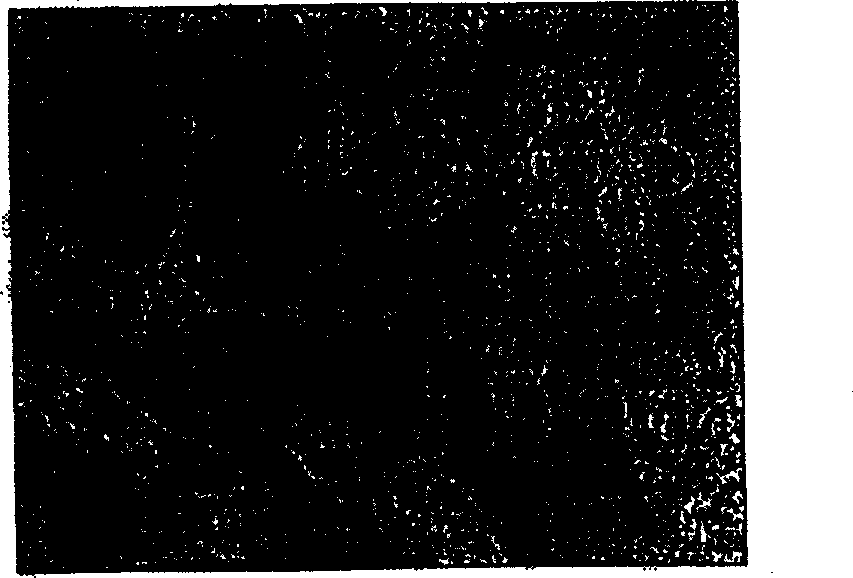Pharmaceutical compositions comprising cyclic glycerophosphates and analogs thereof for promoting neural cell differentiation
A technology of nerve cells and compositions, which is applied in the field of treating nerve-related diseases and diseases, and can solve the problems of not being able to prevent the degeneration and loss of efficacy of dopamine neurons
- Summary
- Abstract
- Description
- Claims
- Application Information
AI Technical Summary
Problems solved by technology
Method used
Image
Examples
Embodiment 1
[0052] The synthesis of a series of known and novel 5- and 6-membered cyclic phosphates is illustrated below. Example 1: Synthesis of 1,3 cyclic glycerophosphate (1,3 cGP)
[0053] The procedure was essentially as described by Buchnea (Buchnea, 1973). Briefly, 2-benzyloxy-1,3-propanediol (Aldrich) was reacted with equimolar amounts of phosphorus oxychloride (Aldrich) in dichloromethane. The resulting 2-benzyl-1,3 cGP was treated with hydrogen in methanol under the catalysis of palladium black to remove the benzyl residue. 1,3 cGP was isolated as the barium salt, which was pure on paper chromatography (n-propanol:ammonia:water 6:3:1, R f = 0.52).
[0054] 1,3 cGP can also be prepared by cleavage of phosphatidylglycerol (PG) with phospholipase C as described in the literature (Shinitzky et al., 1993). Paper chromatography indicated that the product contained about 10-20% α-GP. Example 2: Synthesis of 1,2 cyclic glycerophosphate (1,2 cGP)
Embodiment 2
[0055] The compound was prepared as described in the literature (Kugel, L. and Halmann, M., J. Am. Chem. Soc., 89:4125-4128 (1967). The disodium salt of β-glycerophosphate (Sigma) First convert to the form of acid, then use dicyclohexylcarbodiimide (Aldrich) cyclization. The product is isolated in the form of barium salt, which is pure on paper chromatography. Embodiment 3: phenyl 1,3 ring Synthesis of Glycerophosphate (P-1,3 cGP)
Embodiment 3
[0056] Following the procedure described in Example 1 for the preparation of 1,3 cGP, 2-benzyloxy-1,3-propanediol was reacted with phenyl dichlorophosphate (Aldrich). The benzylated intermediate product was analyzed by thin layer chromatography (ethyl acetate: hexane 3: 2 R f =0.58) is pure, melting point 136 ° C. This was hydrogenated as described in Example 1 to selectively remove the benzyl residue. The resulting P-1,3 cGP (compound III) was pure on TLC (supra), R f =0.15, the melting point is 116°C. Example 4: Synthesis of 1,3 cyclic propylene glycol phosphate (1,3 cPP)
PUM
| Property | Measurement | Unit |
|---|---|---|
| melting point | aaaaa | aaaaa |
Abstract
Description
Claims
Application Information
 Login to View More
Login to View More - R&D
- Intellectual Property
- Life Sciences
- Materials
- Tech Scout
- Unparalleled Data Quality
- Higher Quality Content
- 60% Fewer Hallucinations
Browse by: Latest US Patents, China's latest patents, Technical Efficacy Thesaurus, Application Domain, Technology Topic, Popular Technical Reports.
© 2025 PatSnap. All rights reserved.Legal|Privacy policy|Modern Slavery Act Transparency Statement|Sitemap|About US| Contact US: help@patsnap.com



